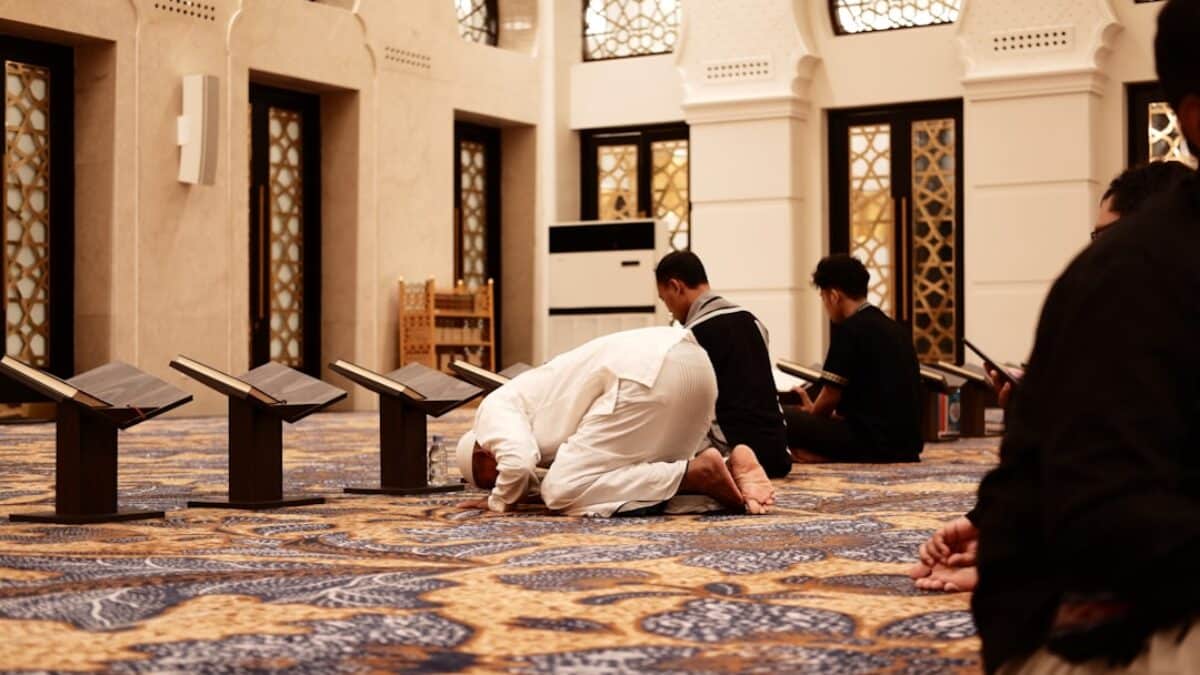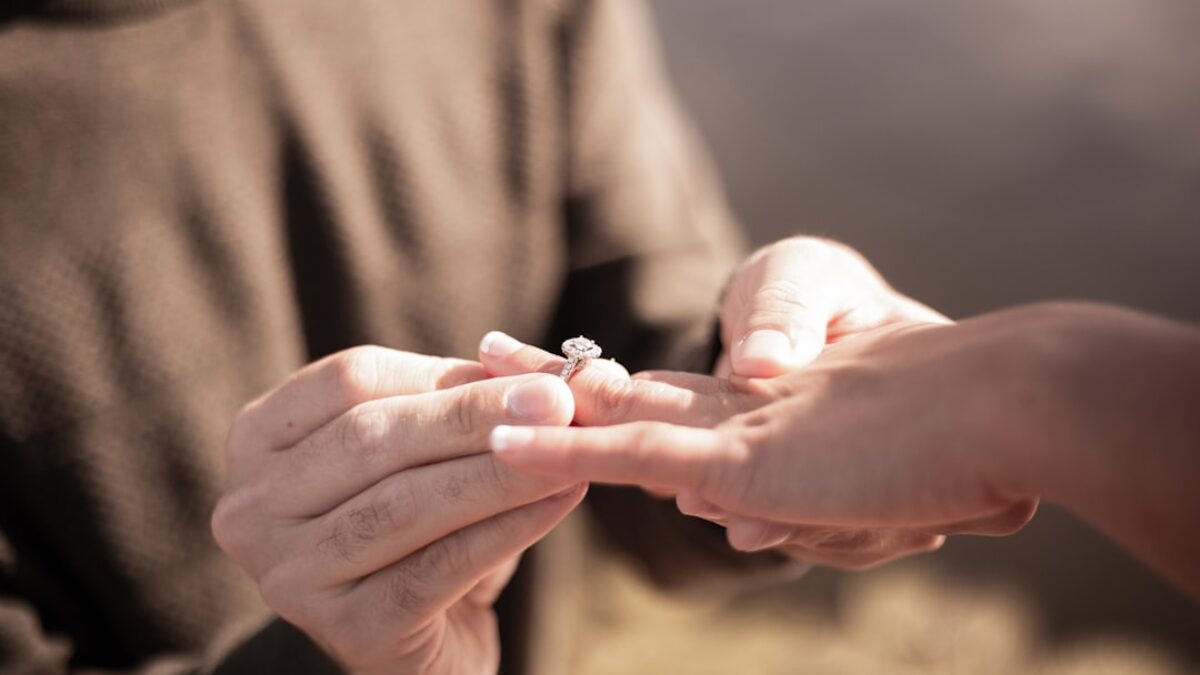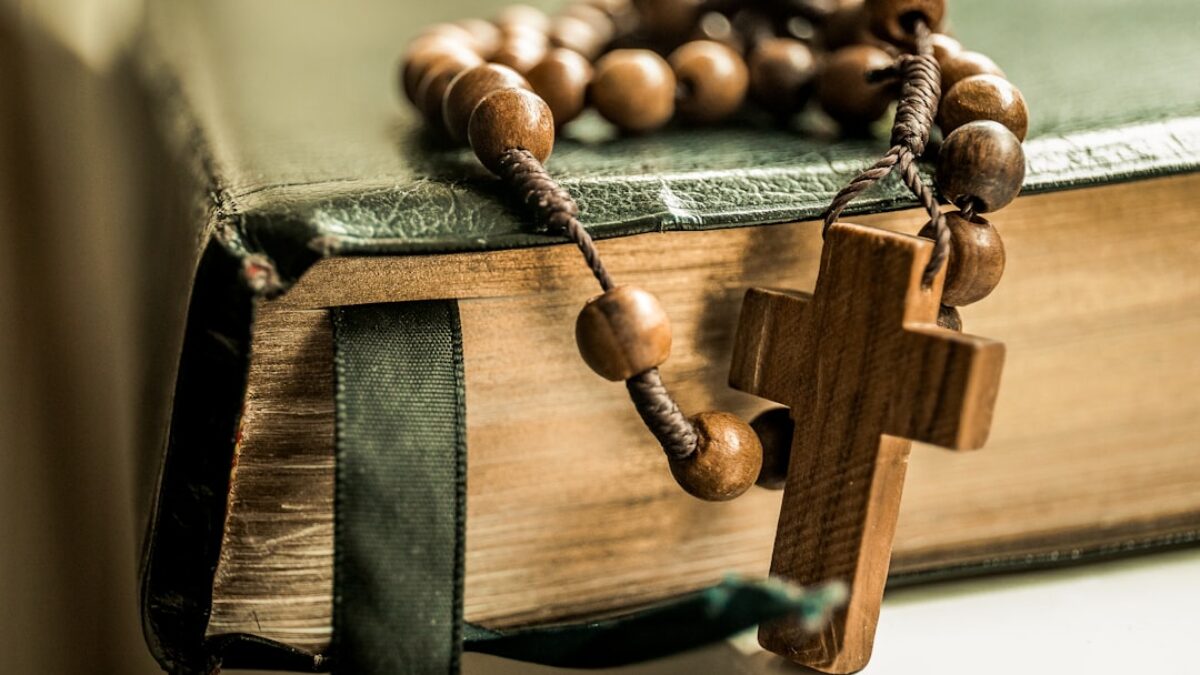Prayer in Islam—Salah—is the second pillar of the faith, performed five times daily by more than a billion Muslims around the globe. While every believer is familiar with the call to prayer, many newcomers (and even some longtime worshippers) still wonder about the exact body positions, the meaning behind each movement, and how the individual units—called rakaʿāt—combine into complete prayers. This guide removes the mystery. From the initial intention (niyyah) to the final salaam, you will learn the vocabulary, postures, and spiritual logic that turn physical motions into a living conversation with Allah.
Understanding Salah, Rakaʿah, and Sujud
What Is Salah?
Salah is an obligatory act of worship consisting of prescribed recitations and coordinated physical movements. It is performed at fixed times:
- Fajr (dawn)
- Ḍhuhr (midday)
- ʿAṣr (afternoon)
- Maghrib (sunset)
- ʿIshāʾ (night)
Each prayer is divided into rakaʿāt (singular: rakaʿah), cycles that contain the same core positions and recitations.
What Is a Rakaʿah?
A rakaʿah is a complete “round” of prayer that includes:
- Standing (qiyām)
- Bowing (rukūʿ)
- Two prostrations (sujūd)
- Brief sitting (jalsah)
The number of rakaʿāt differs by prayer type:
| Prayer | Farḍ (Obligatory) | Sunnah/Nafl (Recommended) |
|---|---|---|
| Fajr | 2 | 2 (before) |
| Ḍhuhr | 4 | 4+2+2 |
| ʿAṣr | 4 | 4 (before) |
| Maghrib | 3 | 2 (after) |
| ʿIshāʾ | 4 | 2+2+3+2 (various) |
What Is Sujud?
Sujud is the act of prostrating until seven limbs touch the ground: forehead, nose, two palms, two knees, and both feet. It is the moment when a Muslim is closest to Allah, as reported in ḥadīth. Every rakaʿah contains two sujūds, making prostration the most repeated posture in Salah.
Key Components of Prayer Positions
Preparation: Wudūʾ and Niyyah
Before any prayer, the body, clothing, and place must be clean. Wudūʾ (minor ablution) is performed by:
- Washing hands to wrists
- Rinsing mouth and nose
- Washing face
- Washing arms to elbows
- Wiping head and ears
- Washing feet to ankles
Next comes niyyah—a silent intention in the heart. Examples:
- I intend to perform the farḍ of Fajr facing the Kaʿbah.
- I intend to pray four rakaʿāt of sunnah Ḍhuhr.
Opening Takbīr and Qiyām
Raising both hands to shoulder or ear level, the worshipper says Allāhu Akbar (God is Greater). Fingers are kept naturally spread, palms facing forward. The prayer has now begun.
While standing (qiyām):
- Right hand clasps the left wrist or forearm below the navel.
- Recite the opening supplication (Duʿāʾ al-Istiftaḥ).
- Recite Surah al-Fātiḥah in every rakaʿah.
- Add a short surah or verses afterward in the first two rakaʿāt of farḍ (and in every rakaʿah of sunnah/nafl).
Rukūʿ (Bowing)
Saying Allāhu Akbar, the worshipper bends at the waist, placing hands on knees, back horizontal:
- Three glorifications: Subḥāna rabbiya l-ʿaẓīm (Glory be to my Lord, the Magnificent), at least three times.
- Elbows are kept away from the sides, fingers extended.
Standing Up from Rukūʿ (Iʿtidal)
Raise up saying Samiʿa Allāhu li-man ḥamidah (Allah hears the one who praises Him), followed by Rabbanā wa-laka l-ḥamd (Our Lord, to You is all praise).
Sujūd (Prostration)
Another Allāhu Akbar signals descent to the ground:
- Knees, then hands, then forehead and nose touch the floor.
- Seven limbs must be in contact: forehead (with nose), two palms, two knees, two feet.
- Arms are raised away from the body, fingers together and facing the qiblah.
- Recite Subḥāna rabbiya l-aʿlā (Glory be to my Lord, the Most High) at least three times.
Jalsah (Sitting Between Sujuds)
After the first sujūd, sit upright briefly, hands on thighs, feet flexed so the toes point forward. Recite Rabbi ghfir lī (My Lord, forgive me) before descending again for the second prostration.
Final Sitting & Tashahhud
In the last rakaʿah, sit in a recommended manner:
- Left foot under the right leg, right foot upright.
- Right hand in a fist, index finger extended, moving it gently while reciting the testimony of faith.
- Recite al-Tashahhud, the Ṣalāh ʿalā an-Nabī (sending blessings on the Prophet), and a chosen supplication.
Salām (Concluding Greeting)
Turn the head right: As-salāmu ʿalaykum wa raḥmatullāh, then left with the same greeting. The prayer ends.
Benefits and Importance
Physical & Mental Health
Modern studies show that the repeated bowing and prostration improve blood circulation, spinal flexibility, and reduce stress hormones. The synchronized breathing during recitation activates the vagus nerve, promoting calm and emotional regulation.
Spiritual Rewards
- Expiation of sins: “The five daily prayers erase the sins between them.” (Bukhari)
- Closeness to Allah: “The nearest a servant is to his Lord is while prostrating.” (Muslim)
- Discipline: Fixed timings anchor the believer’s day in remembrance.
Community Cohesion
Congregational prayers in mosques foster equality—rich and poor stand shoulder to shoulder—while weekly Friday prayers (Jumuʿah) create a rotating leadership of khuṭbah speakers, strengthening communal identity.
Practical Applications
How to Count and Track Your Rakaʿāt
Beginners often lose track. Try these methods:
- Digital aids: Free apps (e.g., PrayerMate, Muslim Pro) vibrate when you complete each rakaʿah.
- Physical counters: Small handheld tally counters or prayer beads (misbaḥah) clicked discreetly.
- Visual notes: Place a sticky note on the wall with “2-4-4-3-4” representing farḍ units.
Adjustments for Limited Mobility
Islamic law accommodates disabilities:
- Standing: If unable, pray seated on a chair or floor, bowing by leaning forward.
- Prostration: Use a chair to lean forward as far as possible; if even that is impossible, nod with the head.
- Hospital patients: Salah may be performed lying on the side with head movements.
Teaching Children
Employ the “watch, copy, reward” method:
- Let them watch a full prayer with commentary.
- Practice one rakaʿah together; praise and small gifts reinforce success.
- Gradually add units as confidence grows.
Common Mistakes and Corrections
| Mistake | Correction |
|---|---|
| Feet angled out during sujūd | Keep toes upright, pointing toward qiblah |
| Reciting Fātiḥah too quickly | Pause at verse endings; aim for measured tartīl |
| Forgot if you prayed 2 or 3 rakaʿāt? | Build the lesser number and perform sujūd sahw (prostration of forgetfulness) before salām |
Frequently Asked Questions
What is the minimum required for a valid prayer?
The bare essentials are: intention, facing the qiblah, ritual purity (wudūʾ), reciting al-Fātiḥah, bowing once, two prostrations, and sitting for tashahhud. Omitting any pillar (rukn) without excuse invalidates the prayer.
Can women pray in the same positions?
Yes. The postures are identical, but some jurists recommend that women keep limbs closer to the body for modesty (e.g., elbows slightly tucked). The core mechanics remain unchanged.
What if I cannot remember the Arabic verses?
While learning, you may recite a transliteration or even your native language for al-Fātiḥah if no Arabic is possible. However, Arabic must be adopted as soon
























Post Comment